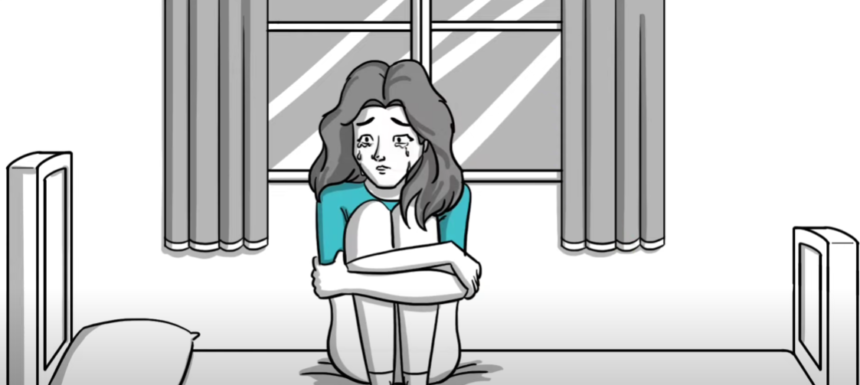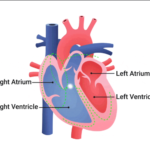If your preteen or teen skips school activities and social events, it may be more than the typically moody behavior of adolescence. New research warns about the suicide risk .
According to the study, preteens who have physical discomforts like headaches, nausea, or stomachaches, along with social withdrawal, may be more likely to experience suicidal thoughts by the time they are sixteen.
The results confirm what Chicago-based psychologist Dr. John Duffy, who was not part of the study, has observed in his practice, he told CNN. “In other words, adolescents with social withdrawal and early somatic symptoms, specifically anxiety, have a significantly higher chance of experiencing suicidal thoughts in the middle and late stages of adolescence,” stated Duffy. “There is no denying this and it’s a very compelling case for early intervention.”
Also read-Sports Concussion Recovery Times For Men And Women Are Similar
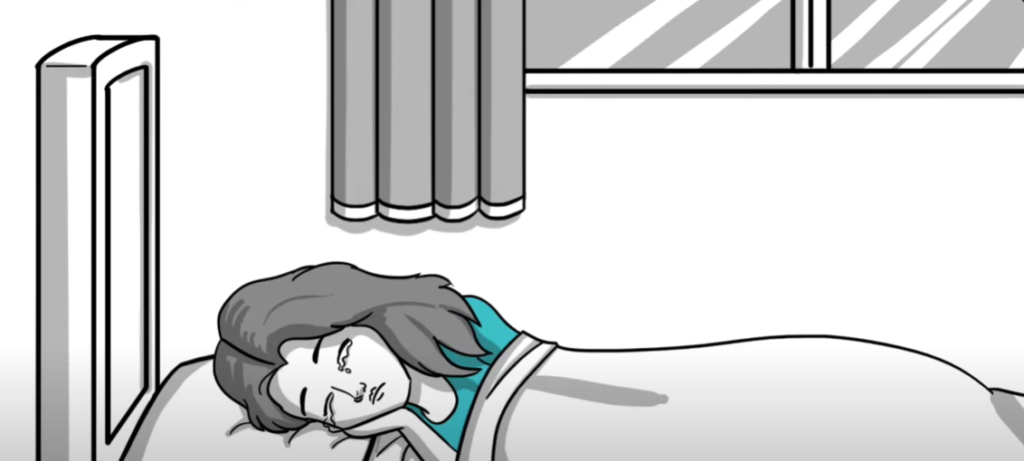
According to Duffy, the findings are particularly common among boys and young men. “I believe a significant portion of that stems from the fact that girls are raised with a rich, expressive vocabulary that boys still lack,” the man stated. The U.S. Centers for Disease Control and Prevention report that there has been a rise in suicide deaths and suicide attempts among children and young adults in the country in recent years.
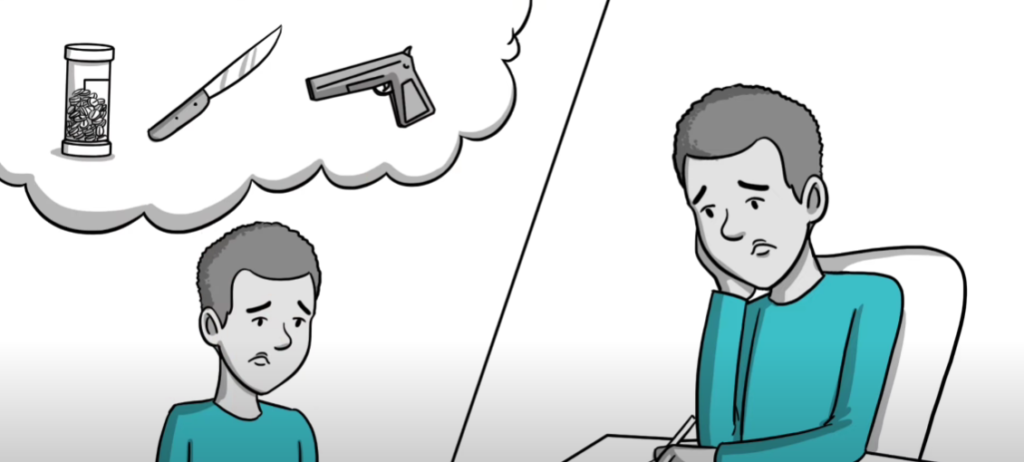
Over 2,700 teenagers who were enrolled in the Tokyo Teen Cohort study, which has been examining the physical and mental development of adolescents since 2012, were the subjects of the latest study conducted by Japanese researchers. At the ages of 10, 12, and 16, their parents responded to questionnaires regarding their child’s behavioral and mental health issues. Having suicidal thoughts was defined by answering “yes” or “somewhat yes” to the question, “Do you currently think that you should not be alive?” at age 16. Participants who experienced social withdrawal and somatic symptoms between the ages of 10 and 12 were roughly two to three times more likely to have suicidal thoughts at age 16, the study found.
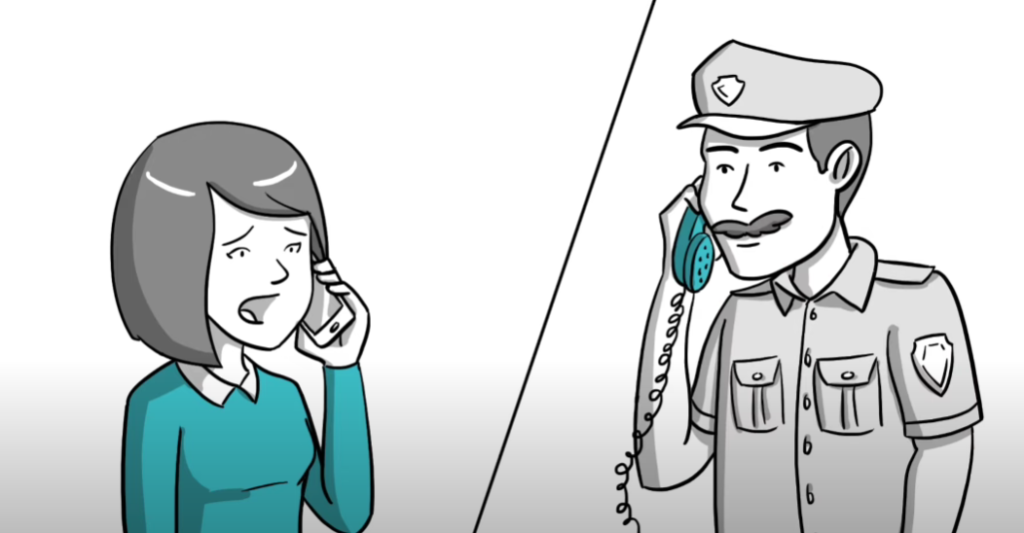
Dr. Christopher Willard, a teaching associate in psychiatry at Harvard Medical School in Boston, stated that “humans are wired for social connection.” Positive or neutral, it gives us hope, improves our mental health, and gives us something to strive for. It provides us with context.” According to Willard, social withdrawal that occurs voluntarily is usually more worrying than withdrawal brought on by peer exclusion. Dr. Shuntaro Ando, the lead study author and an associate professor in the University of Tokyo’s neuropsychiatry department, told CNN that parents shouldn’t presume that their child’s withdrawal symptoms are normal since they have always been bashful and like to be by themselves.
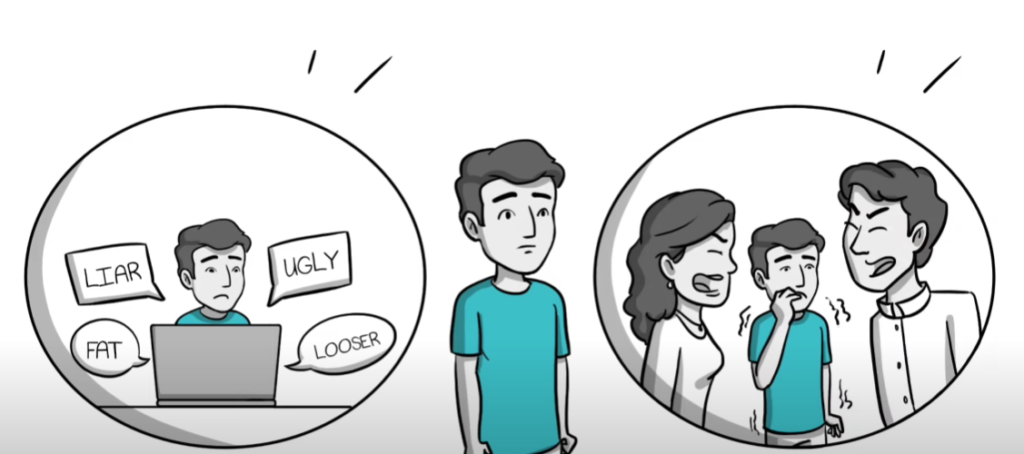
Look out for signs such as severe mood swings, hopelessness, throwing away treasured possessions, or a death fixation to determine whether your child is suicidal. Early professional assistance seeking is crucial as a preventive measure, according to Duffy. Furthermore, according to Willard, don’t undervalue the importance of your child making a good buddy with a supportive peer, sports coach, or family member, even though professional mental health assistance can be crucial. The 988 Suicide and Crisis Lifeline number is accessible by phone or text twenty-four hours a day, seven days a week, if your teen is having suicidal thoughts.

Factors Contributing to Suicide Risk
- Mental Health Disorders: Mental health conditions such as depression, bipolar disorder, schizophrenia, and substance abuse disorders significantly increase the risk of suicide. These conditions can lead to feelings of hopelessness, despair, and an inability to cope with life’s challenges.
- Previous Suicide Attempts: Individuals who have previously attempted suicide are at a higher risk of future attempts. Past suicidal behavior is a strong predictor of future suicidal ideation and actions.
- Chronic Illness or Pain: Chronic physical illnesses or severe pain conditions can contribute to feelings of distress and hopelessness, increasing the risk of suicide, especially if the individual perceives their quality of life as poor.
- Traumatic Life Events: Traumatic experiences such as loss of a loved one, relationship problems, financial difficulties, or experiences of abuse or trauma can contribute to suicidal thoughts and behaviors.
- Social Isolation: Lack of social support and feelings of loneliness can exacerbate feelings of despair and increase suicide risk. Social isolation can be particularly challenging for individuals who lack a strong support network.
- Access to Means: Easy access to lethal means such as firearms, medications, or other methods increases the likelihood of impulsive suicide attempts.
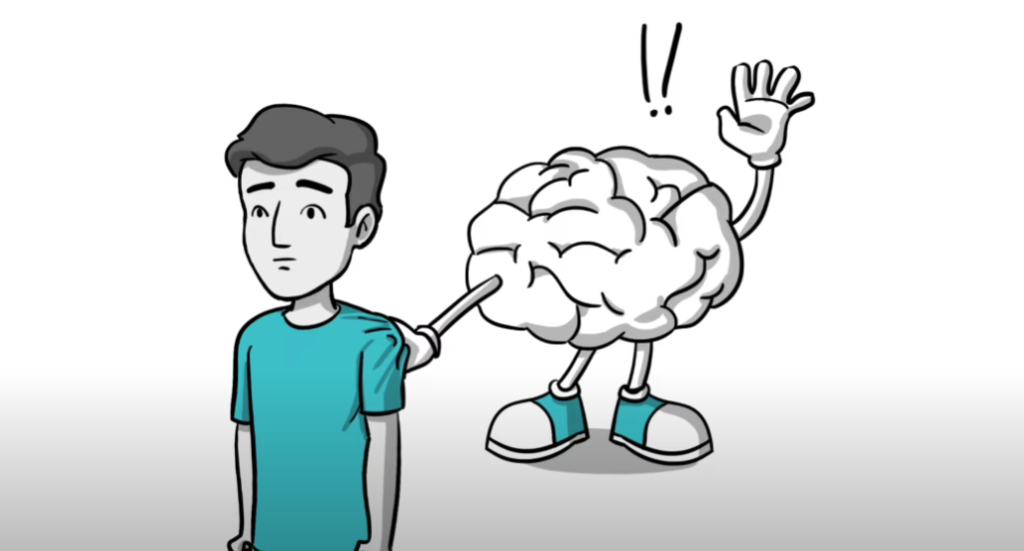
Strategies for Suicide Prevention
- Mental Health Awareness and Education: Increasing awareness about mental health issues, reducing stigma, and promoting early intervention and treatment for mental health disorders can help prevent suicides.
- Access to Mental Health Services: Improving access to mental health services, including counseling, therapy, and psychiatric care, is crucial for individuals at risk of suicide.
- Crisis Intervention and Hotlines: Establishing crisis intervention hotlines and support services can provide immediate assistance and support to individuals in crisis.
- Training for Healthcare Professionals: Training healthcare professionals, including primary care providers, emergency room staff, and mental health professionals, in suicide risk assessment and intervention can improve the detection and treatment of at-risk individuals.
- Means Restriction: Implementing measures to restrict access to lethal means of suicide, such as firearm safety measures and proper medication storage, can help prevent impulsive suicide attempts.
- Community Support and Outreach: Creating supportive communities and fostering social connections can provide a protective factor against suicide by reducing social isolation and promoting a sense of belonging.
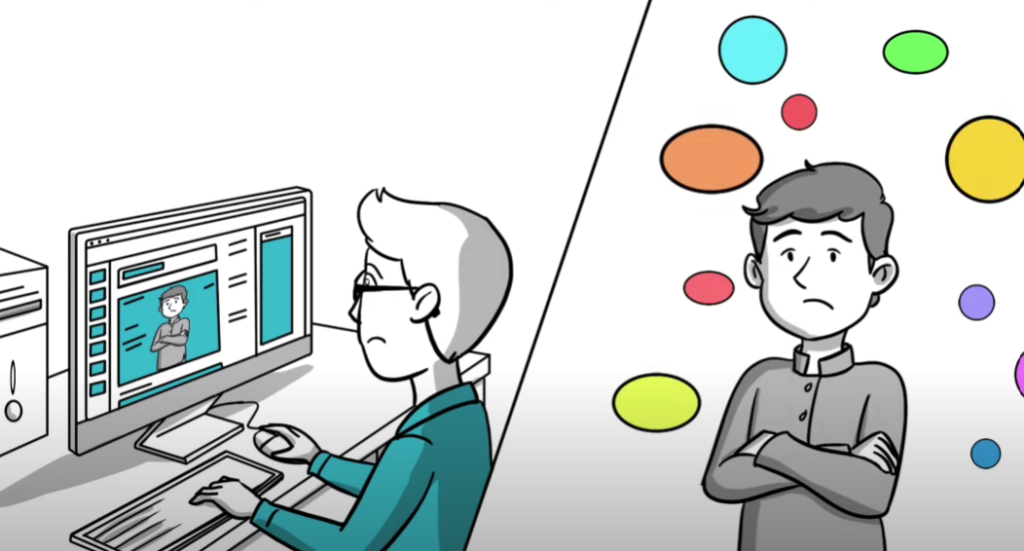
Offering Support to Those in Need
- Listen nonjudgmentally: Offer a listening ear to individuals who may be struggling with suicidal thoughts or feelings. Avoid judgment and provide empathy and support.
- Encourage Help-Seeking: Encourage individuals to seek professional help from mental health professionals, counselors, or support groups. Offer assistance in finding appropriate resources.
- Stay Connected: Maintain regular contact with individuals who may be at risk of suicide. Check in regularly, offer support, and let them know they are not alone.
- Safety Planning: Collaborate with at-risk individuals to develop a safety plan that includes coping strategies, emergency contacts, and steps to take in crisis situations.
- Seek Emergency Help: If someone is in immediate danger of harming themselves, do not hesitate to seek emergency assistance by calling emergency services or taking them to the nearest emergency room.

Conclusion
Suicide risk is a multifaceted issue influenced by various factors, including mental health conditions, life circumstances, and social support. By understanding the factors contributing to suicide risk, implementing prevention strategies, and offering support to those in need, we can work together to prevent suicides and save lives. It’s essential to prioritize mental health awareness, destigmatize seeking help, and provide compassionate support to individuals struggling with suicidal thoughts or behaviors. Remember, reaching out and offering support can make a significant difference in someone’s life.
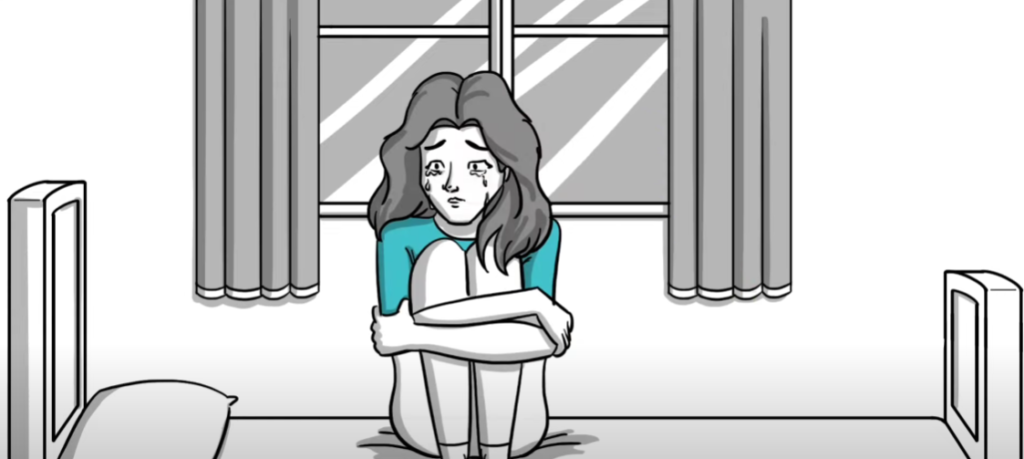
Also read-Exploring The Best Probiotics For Women: Enhancing Gut Health And Overall Well-Being
images source: Google
Disclaimer: The opinions and suggestions expressed in this article are solely those of the individual analysts. These are not the opinions of HNN. For more, please consult with your doctor







